“I’m sitting in New York City,” Adam Lisberg tweeted last week, as GoPro CEO Nick Woodman, dropped to his knees, unzipped a backpack and unveiled the company’s long-awaited Karma drone at an event on the other side of the country. “I’m watching a competitor unveil a new product. I ain’t worried about a thing.”
Days later, DJI’s head U.S. spokesperson is seated in our New York City office, cradling the company’s latest creation. Now focused on his own product, Lisberg’s answers are decidedly more measured, never even going so far as to mention GoPro by name.
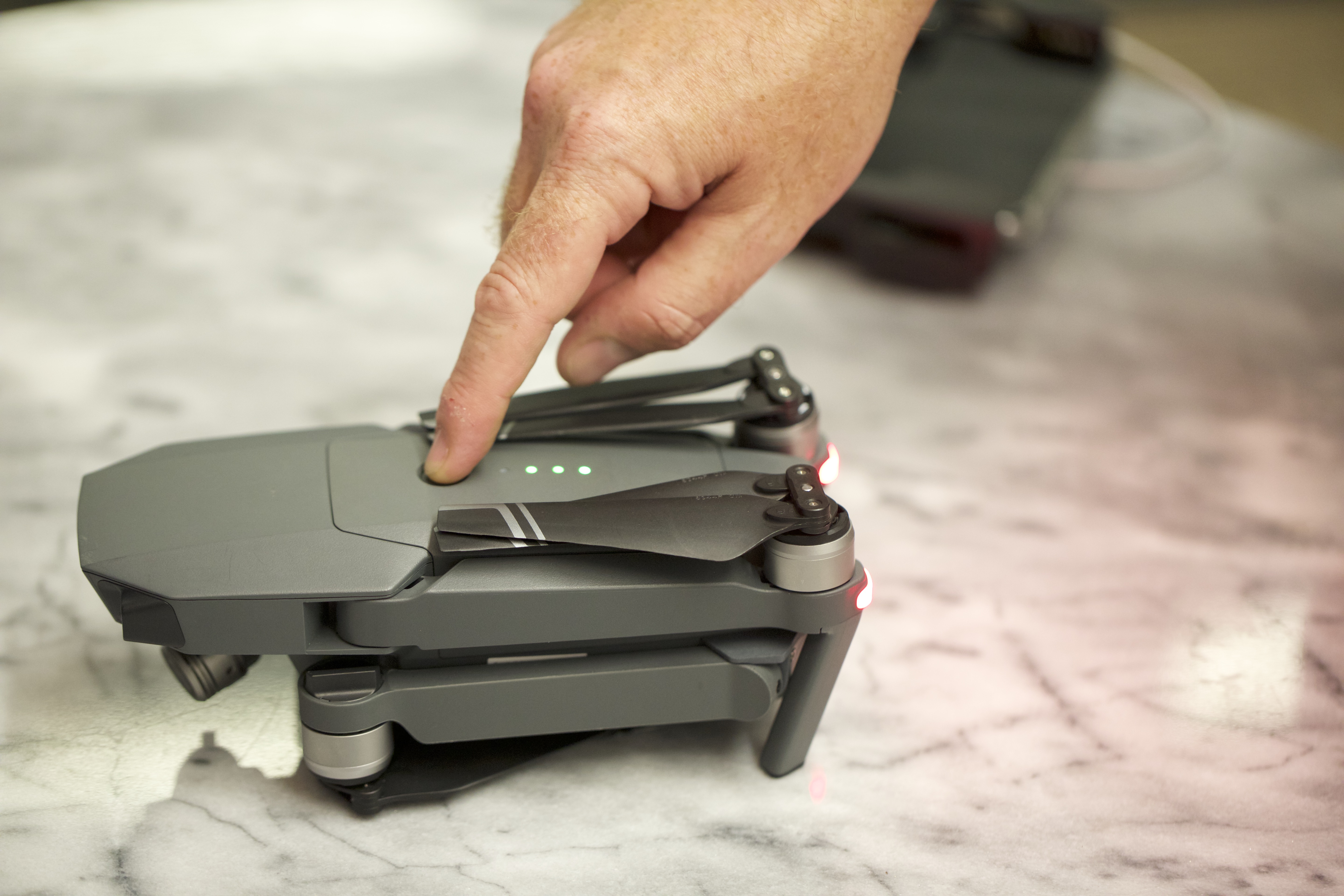
“We’re glad to have a lot of companies try to compete with us in the business we do, and we never take for granted our position as the market leader,” he explains. “We had to earn it, and we trust our customers to vote with their wallet every single day. We don’t intend to let them down. We intend to keep out innovating for them.”

The root of such contention is fairly clear, of course. DJI and GoPro are more than just newfound drone competitors. The companies are former partners, routinely promoting the other and even working toward building a new drone together — a partnership that apparently soured over profit-sharing concerns. The product that would become the Karma was born out of that aborted partnership. Now, less than a fortnight after Karma’s unveiling comes DJI’s own folding drone, the Mavic Pro.
And it’s a doozy.
While both products sport the same claim of being small enough to “fit in a backpack,” the Mavic is notably smaller, owing in part to the clever folding system DJI has devised. While the front two arms fold into the body, the rear arms actually fold underneath the drone, helping to greatly reduce its footprint, along with foldable propellers.
[gallery ids="1393139,1393138,1393132,1393133,1393134"]
In all, the Mavic weighs 1.65 pounds to the Karma’s 2.22, and is easily held in one hand — “backpack, but not quite back pocket,” as Lisberg puts it.
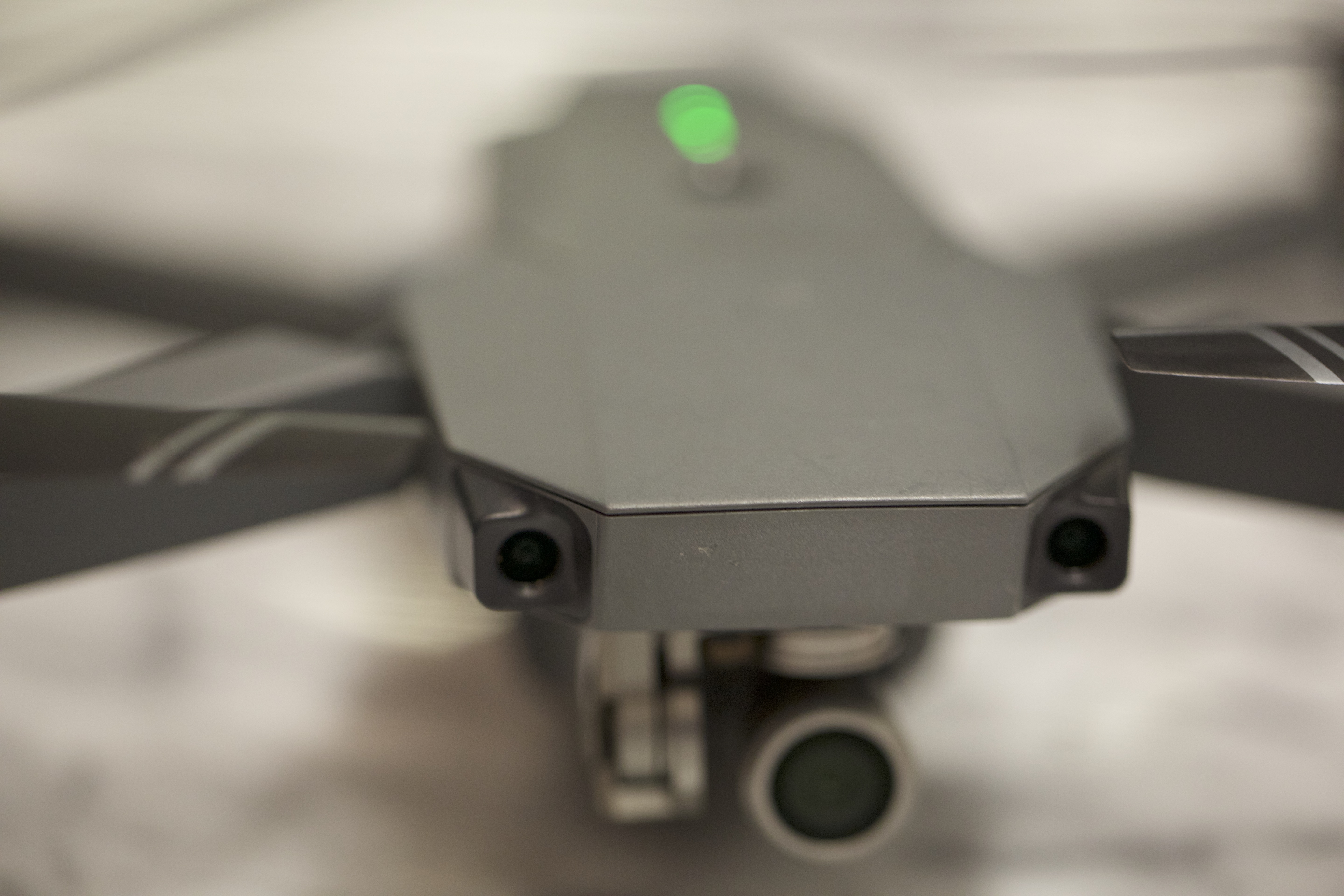
Both companies clearly see their respective products playing a key role in helping mainstream drones among the public, with photography serving as a principle driver in that adoption. And while size surely won’t be the only driving factor for consumers, at this size, the drone moves from standalone product to yet another tool at a photographer’s disposal, stashed away in a backpack alongside SLR bodies and lenses.
Of course, pricing will certainly be a factor. At $999 (or $749 sans-controller), the drone is almost certainly making the Mavic prohibitively expensive for the casual consumer. “Our intention has never been to make the cheapest product,” says Lisberg when confronted with the pricing question. “It’s been to make the best.”
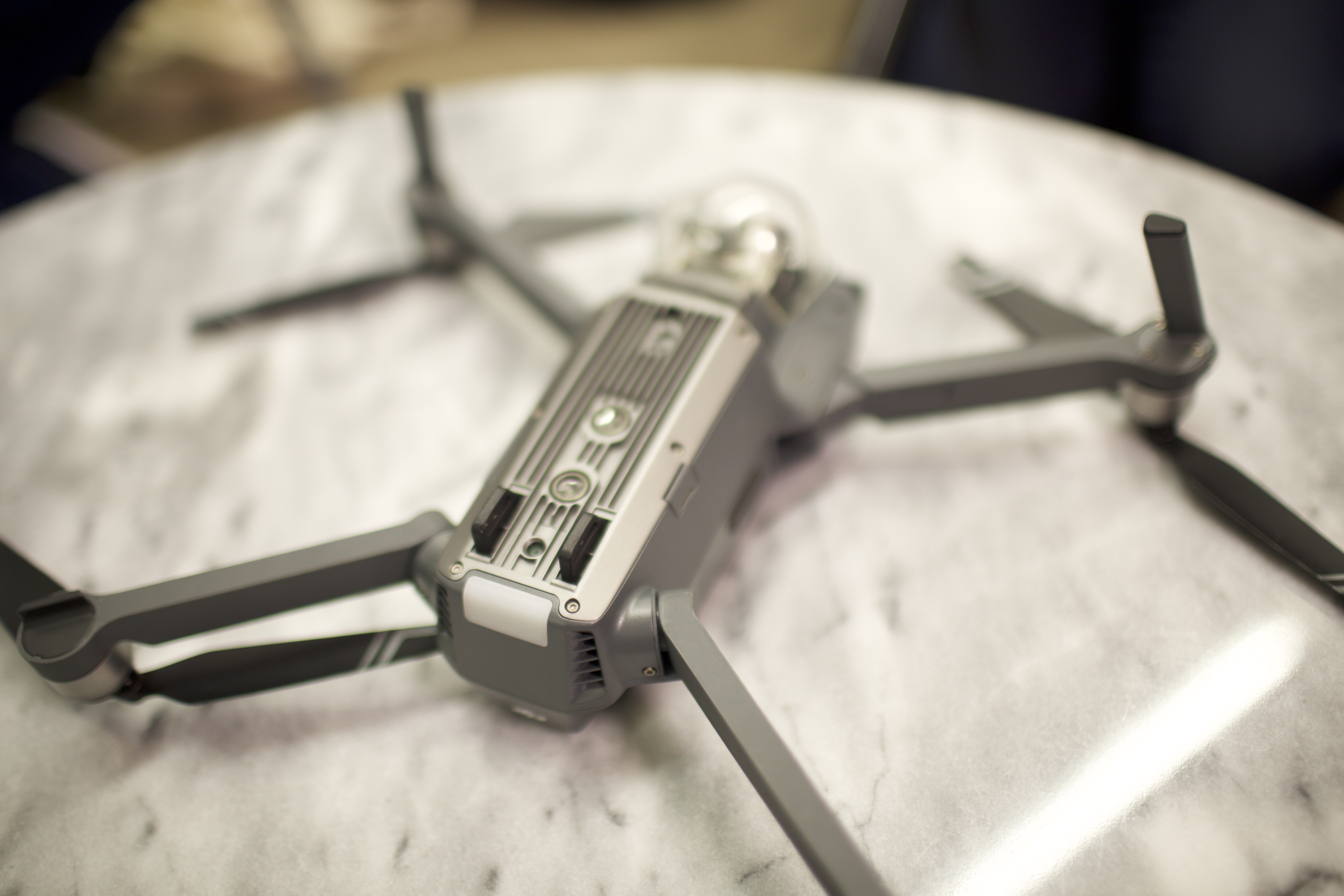
Along with the pricing comes a good deal of experience. DJI has several years of commercial drone experience under its belt, and the Mavic looks to build upon it, incorporating it into a far more portable form factor. Most compelling among those features is a vision system capable of tracking subjects — a feature notably absent on the Karma, in spite of the product and company’s adventure-sport focus.
“We have vision sensors on-board that can detect a number of different profiles, whether it’s a person, person on a bicycle, an animal, a car,” explains Lisberg. “As you look on the screen on your phone, you can highlight the person you want to follow. Once you’ve highlighted that, it enters a mode where it can follow that person or object.”
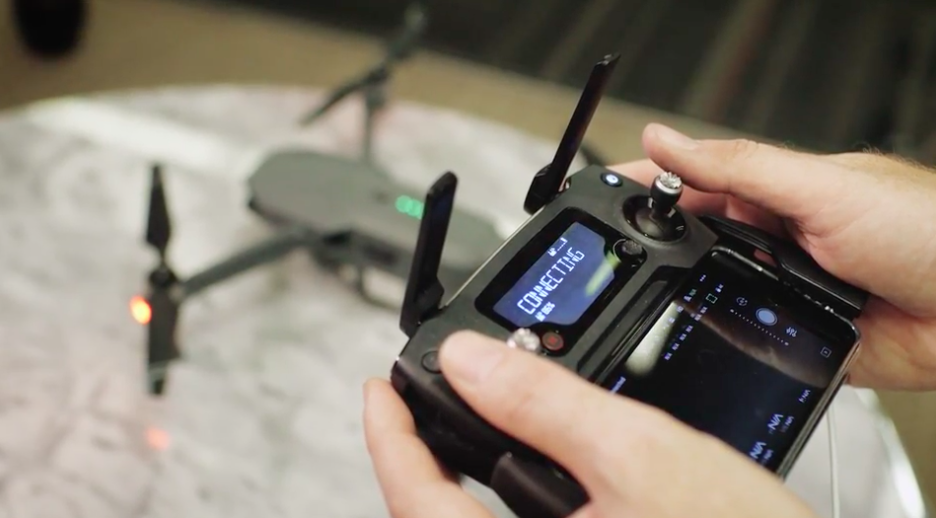
There are a number of other sensors on board, including a front-facing pair designed for obstacle avoidance and two down-facing cameras that both measure the drone’s distance from the ground and assist in landing, promising an accuracy of around an inch from its initial take off. The drone’s primary camera boasts the same sensor size as its Phantom 4 — though spatial constraints mean its field of view shrinks from 94 to 78 degrees.
The camera is mounted on a three-axis gimbal, all of which is protected by a removable transparent dome. Of course, you’ll have to look to GoPro for that compelling removable gimbal feature designed to let users take their camera stabilization with them off the drone.
The Mavic’s controller is foldable, like the drone itself, and rather than including an onboard touchscreen à la the Karma, the user’s smartphone does the job, plugging directly in. The controller also features haptic feedback, buzzing a warning when the drone goes too high or moves too fast.
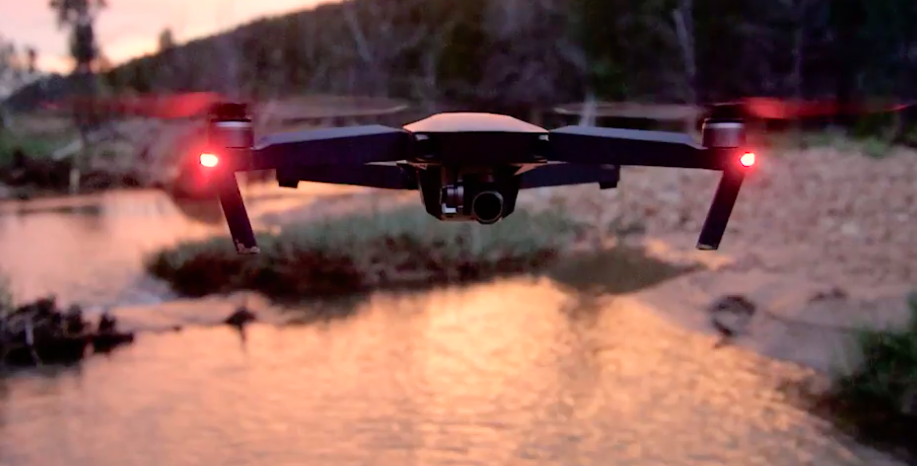
The drone utilize’s DJI’s new proprietary OcuSync wireless protocol for transmission and is capable of streaming live 1080p video to a number of services, including Facebook Live, Periscope and YouTube, via the company’s app.
The Mavic Pro is capable of speeds up to 40 miles per hour and should get about 27 minutes of flight time on a charge. Batteries are swappable, running $89 a pop. Those who want the works can pic up the Mavic Pro Fly More Combo for $1,299, a bundle that includes the drone, two batteries, extra propellers, a shoulder bag, charging hub and more.
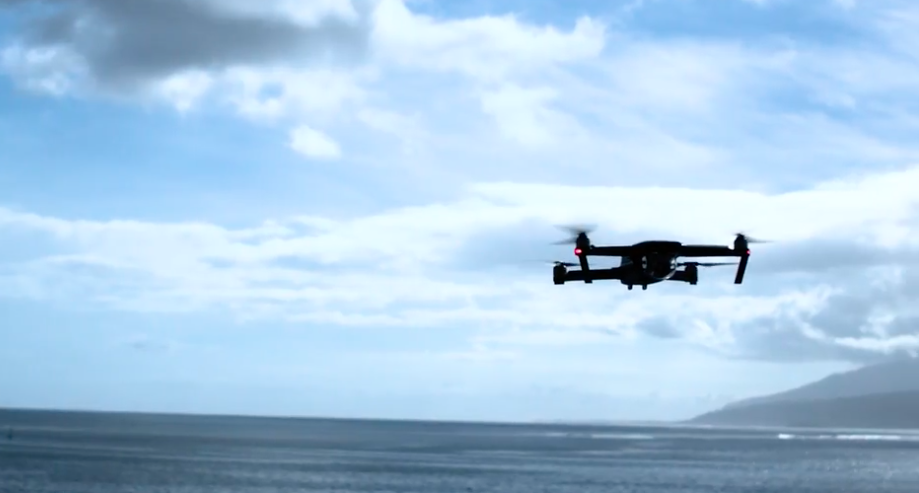
The system is up for pre-order now, with shipping set for October 15th (with Apple Store availability early the following month), beating the Karma’s stated October 23rd debut by more than a week — in case there was any question about just how seriously these one-time allies are taking their head-to-head match up.
[gallery ids="1392875,1392868,1392870,1392871,1392872,1392873,1392874,1392866,1392867"]